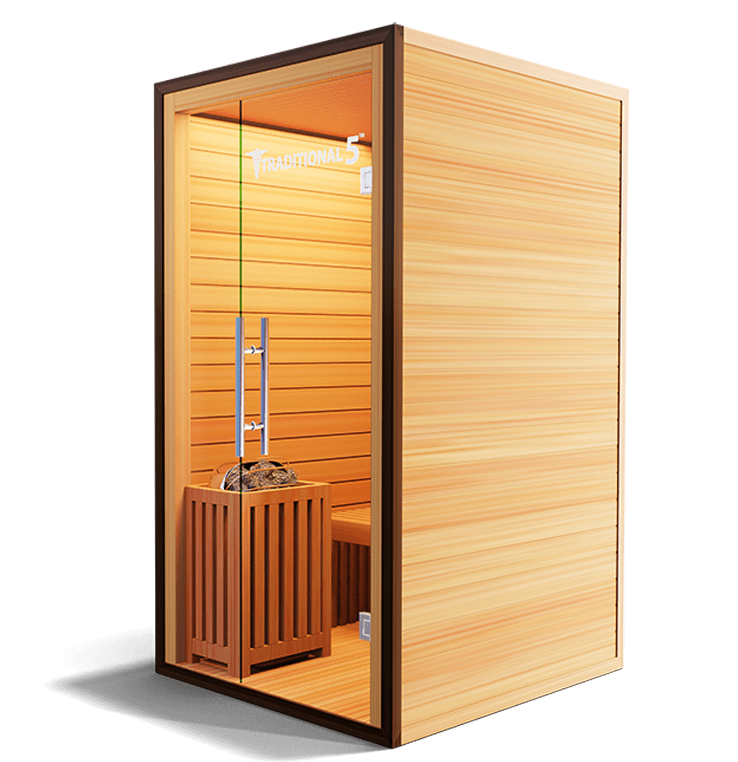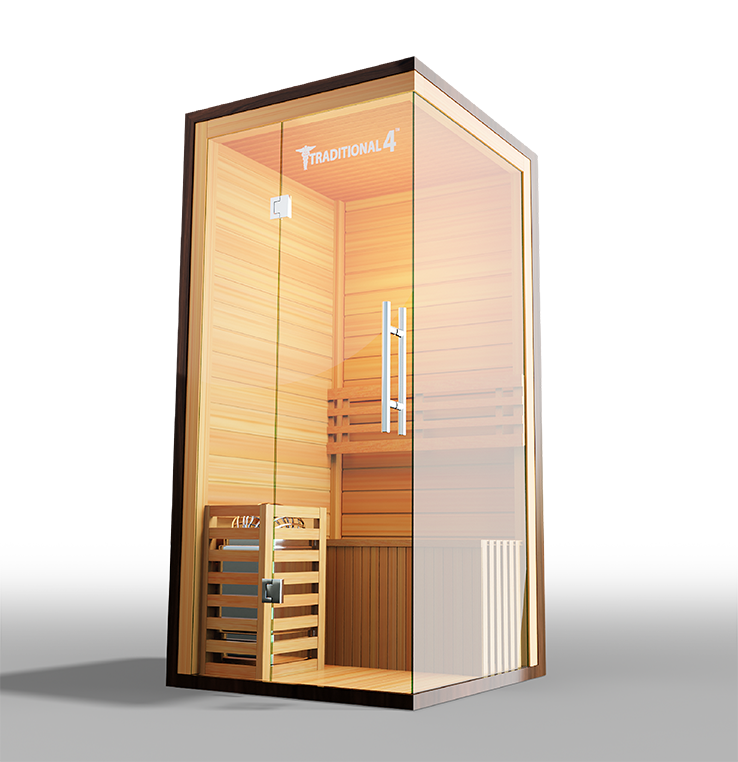A Biased View of Traditional Sauna
A Biased View of Traditional Sauna
Blog Article
Little Known Questions About Traditional Sauna.
Table of ContentsHow Traditional Sauna can Save You Time, Stress, and Money.Not known Facts About Traditional SaunaThe Main Principles Of Traditional Sauna The Best Strategy To Use For Traditional SaunaAn Unbiased View of Traditional Sauna
Many of the weight lost in a sauna is water loss and is re-gained upon rehydrating. Nonetheless, certainly sauna can be a fundamental part of a healthy and balanced weight reduction program. To look at the differences in between typical and IR saunas, I will separate these into verifiable, academic, and made distinctions.Thus, the hottest point in the saunawhich goes to the ceiling straight over the sauna heateris usually between 185 and 190 F. Claims that a typical sauna exceeds 200 F is merely not true and not suitable for electric saunas marketed in the United States. The temperature level for a far-infrared sauna is normally set in between 120 and 140 F; nevertheless, unlike the traditional sauna, the goal in and IR room is not to achieve a heat.
Due to this, the temperature level distinction is nearly unnecessary, given that profuse sweating causes both sauna types, but the approach of heating up the body is different. In an IR sauna the bather will feel warm and will certainly sweat profusely, yet at a lot reduced temperatures (Traditional Sauna). Hence, if the goal is to spend longer periods of time in the sauna, the IR sauna is a great choice
When a traditional sauna has been effectively warmed, the sauna wall surfaces are warm, the air temperature level has actually achieved established temperature level and the rocks are super heated. As a fascinating side note, the warmed walls and the rocks are releasing far-infrared warmth, incorporated with the warmed air, to produce an "wrapping up heat".
The smart Trick of Traditional Sauna That Nobody is Discussing

When the high temperature level is accomplished, the aspects cycle on and off to preserve the heat. Most standard sauna individuals delight in putting water over the rocks to create heavy steam to raise sauna moisture levels. The benefits of putting water over the rocks consist of: making the area extra comfy, moistening the nasal flows, and permitting the usage of aromatherapy by blending essential oils with the water.

When the energy enters the body, it creates the body temperature level to raise and ultimately causes sweating. In an infrared sauna it is necessary for the emitters/heaters to continue to be on nearly regularly. Because there is no mass of rocks to preserve heat, the sauna will cool down if the emitters shut down.
As discussed over, the sauna bather in an infrared area intends to position himself in front of running emitters to get optimal benefit from the heat. The home heating time for the 2 areas can important source be really different, depending upon exactly how the spaces are utilized. For a conventional sauna, a bather ought to enable 30-40 minutes for the area to accomplish a desired temperature level and to properly pre-heat the rocks.
The Traditional Sauna PDFs
A well constructed sauna will usually attain a temperature level of 150-160 F in about 30-40 mins. For hotter temperature levels, the room may need to heat for a longer period.

Traditional saunas often tend to be larger (hence utilize even more electricity) than infrared saunas, although standard saunas are certainly readily available in one and 2 individual sizes too. For a two-person conventional sauna, 5x6 or 5x7 size is most preferred. The top bench can comfortably seat 2 or 3 people and is likewise enough time to exist down during the sauna session.
Little Known Facts About Traditional Sauna.
The average expense per kWH of electrical power in the united state is roughly $0.11, so a 4.5 kW heating unit will cost approximately $.50 to compete one hour, if the heating system runs constantly for one hour. Normally a sauna heating system will certainly compete 75% of the initial hour and 50% of subsequent hours on considering that the elements cycle once the established temperature level is achieved.

Lastly, there is a seldom discussed distinction in the social experience in between both rooms. While our culture has shed a few of the social benefit of the conventional sauna experience, it can be really socially satisfying (Traditional Sauna). From family time in the sauna, to heart-felt discussions with better halves, to sauna partiesthe traditional sauna experience can cause intimate socializing
Traditional Sauna Can Be Fun For Everyone
Most greater end infrared rooms consist of tinted light treatment, sound systems and full-glass fronts.
Report this page